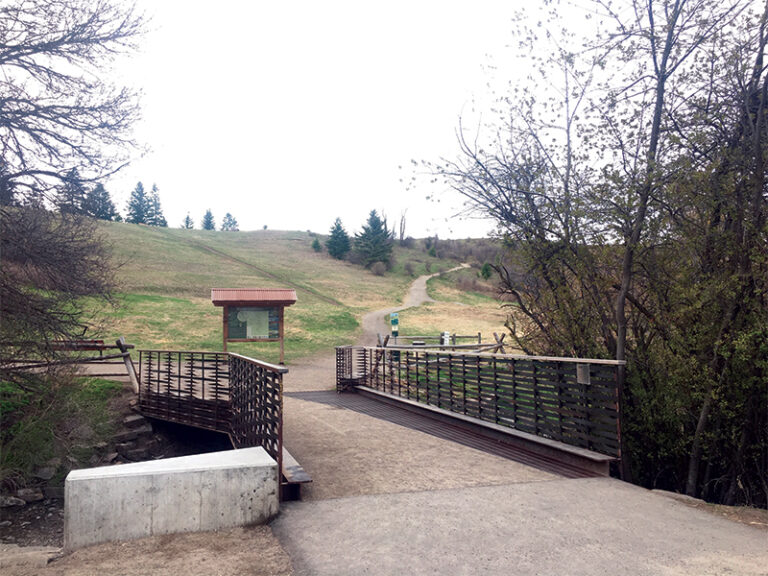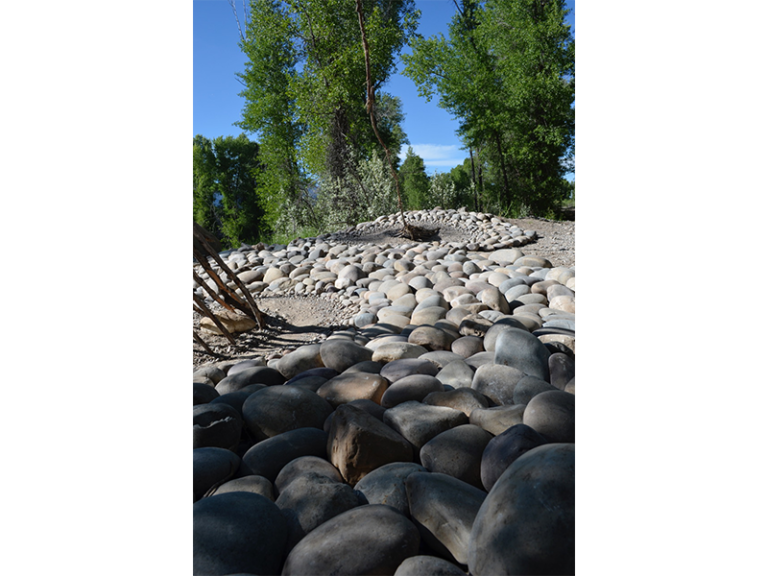Explore
our
Connections
Our Projects are manifest through a variety of means, scales and locales, rather than a specific format. Each unique Project focuses on exploring and illuminating the relationship of culture to nature, to encourage humankind’s commitment to a better and more sustainable way of living on Earth. For Artemis Institute these means may arrive in the form of a community supper, an installation for the Summer Solstice, a park bridge, volunteering in rural school arts programs, or collaborating with a community of artists to support a crucial issue of the Earth.

The
WILDLIFES
Project
The Greater Yellowstone Ecosystem, with its contiguous, undeveloped land and the concentration wildlife, is the wildest landscape in the lower forty-eight states of the U.S., and the most iconic complex of public lands in America.
Today this region is experiencing rapid human development. In the blink of an eye it is transforming into the latest hip playground and “last best place” for Americans and foreigners alike. The result of such development and growing variety of human uses expands the human footprint in this place, stressing the wildlife as a whole and challenging their longevity in an environment that has been their home for 10,000 years or more. As the human footprint expands across the region time is running out for humankind to recognize the critical need to conserve this last place where the Grizzly, American bison and Grey wolf call home.
Artemis Institute recognizes that sustaining intact and healthy ecosystem in an era when human beings dominate the Earth is a nearly unattainable task, and can most certainly not be achieved without expanding humankind’s understanding, support and care for these vibrant ecosystems and their wild creatures. For this reason we have launched WILDLIFES, a project that relies on a mixture of visual arts and grass roots activities to inspire, engage, and help educate the next generation of the need to protect this wild place and its inhabitants.


Burke Park Bridge
The Burke Park Bridge project in Bozeman, Montana focused on a high-profile setting where citizens access a much-beloved green space and natural area known as Peets Hill.
In collaboration with the Gallatin Valley Land Trust and the city of Bozeman, Artemis Institute invited Remote Studio alumni to contribute their insight and creative abilities in the design of this cultural and natural landmark.
A weekend-long charrette was hosted at JLF Associates, an architecture firm in Bozeman, provided collaborative space for the alumni who converged from across the country. The bridge design that emerged from the charrette serves as a conduit between the local trail system and a path that rises toward the crest of a ridgeline and affords prominent views of the city.
Commissioned in celebration of the 25th anniversary of the land trust’s founding, Burke Park Bridge was further refined in detail and constructed by local design-build studio, MFGR, itself founded by Remote Studio alums. The bridge today serves as a landmark for meeting friends, a place of pause to enjoy the natural environment, and a point of passage from city streets to a natural refuge where trail users can hike, bike, walk their dog, or simply take in amazing sunrises and sunsets.


Solstice at the Park
Snake River – Jackson Hole Land Trust
Jackson Hole, Wyoming is world-renowned for its scenery. Architecture here has been heralded yet it plays a secondary role to the powerful experience of one of the wildest landscapes that remains in North America.
Next to the Teton Mountains, the valley’s most prominent wonder is the Snake River. Residents and visitors alike often make pilgrimages to the river corridor for angling, boating, hiking and wildlife watching. Remote Studio was enlisted by the Jackson Hole Land Trust, on the occasion of new riverside park dedication, to entice people to reflect on the rich context that generates the meaning of place.
Students developed a series of art installations, inspired by the natural context, to greet those attending the opening of Rendezvous Land Conservancy Park along the Snake’s West Bank. The monument-sized works integrated found natural materials ranging from river-polished stones and cobble to fallen limbs of nearby cottonwood trees and branches of willow— evidence of a healthy riparian corridor. The resulting sculptures, which convey the river’s winding course and swirling currents enhance the visceral response to a convergence of land and water, with the line of the Tetons towering beyond.
By its design, this installation also reflects the ethic being instilled in Remote Studio participants and those who engage their public work. Over time, while we can honor the Earth through the creation of beauty, in the end such material constructions, are merely ephemeral, and fated to be reclaimed by the power of the river and earth, reminding us that the most reverent expression humankind can offer is our sense of humility when considering the natural world.
